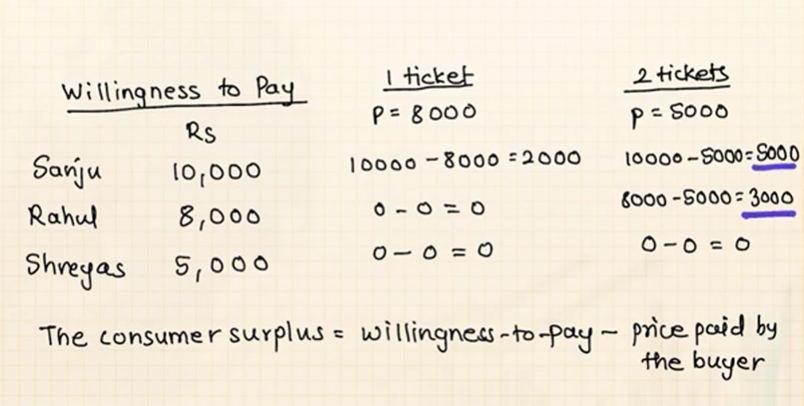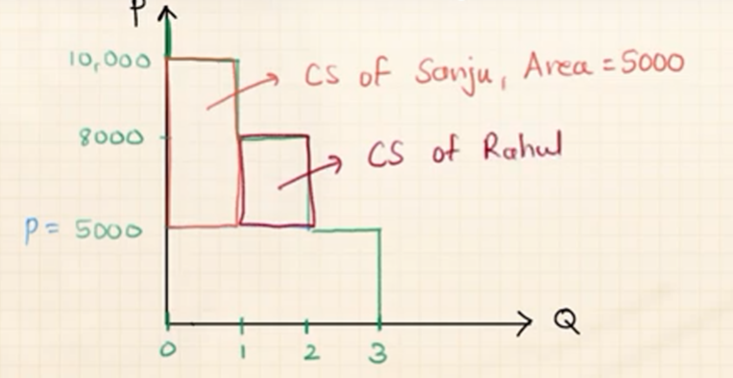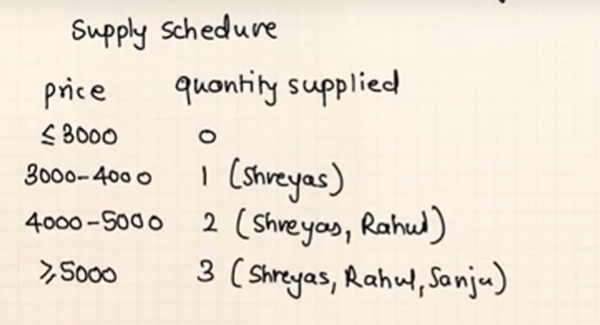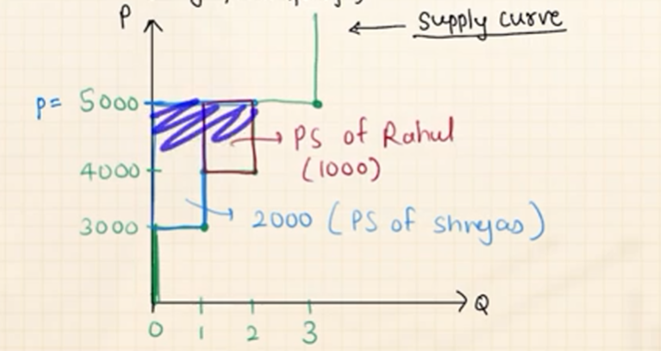Consumer and Producer Surplus
Consumer and Producer Surplus
Consumer and producer surplus are measures of the economic benefits that consumers and producers receive from participating in a market.
Consumer Surplus
The difference between the maximum price consumers are willing to pay for a good or service and the actual market price they pay. It represents the net benefit consumers receive. Graphically, it is the area below the demand curve and above the equilibrium price, up to the equilibrium quantity.
Producer Surplus
The difference between the market price producers receive for a good or service and the minimum price they are willing to accept to sell it. It represents the net benefit producers receive. Graphically, it is the area above the supply curve and below the equilibrium price, up to the equilibrium quantity.
Total Surplus (Social Welfare)
The sum of consumer surplus and producer surplus. In a perfectly competitive market at equilibrium, total surplus is maximized, indicating an efficient allocation of resources.
Impact of Disequilibrium on Surplus
Deviations from equilibrium can lead to a reduction in total surplus, resulting in a deadweight loss.
Customer Surplus Example:
Producer Surplus Example:









No Comments